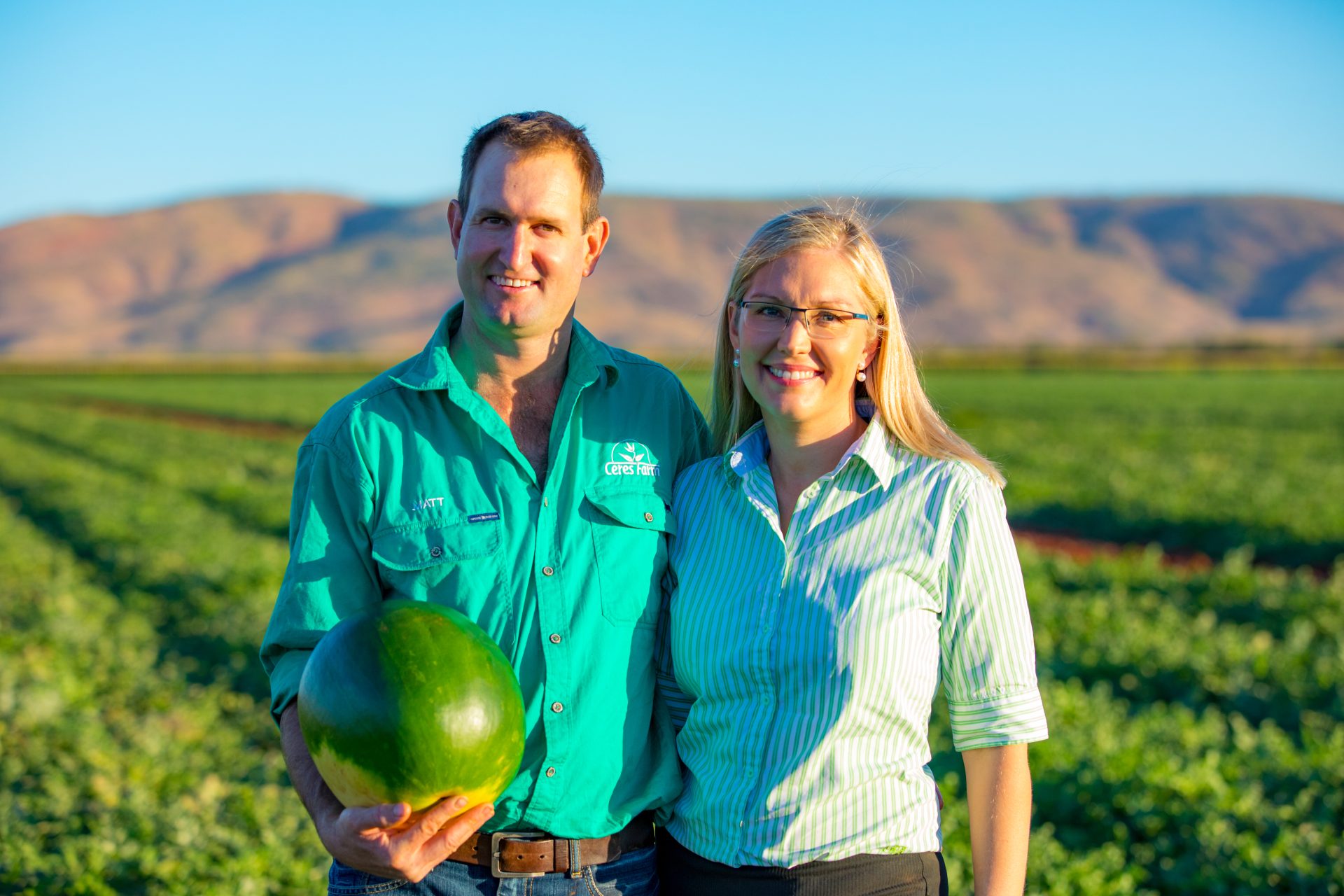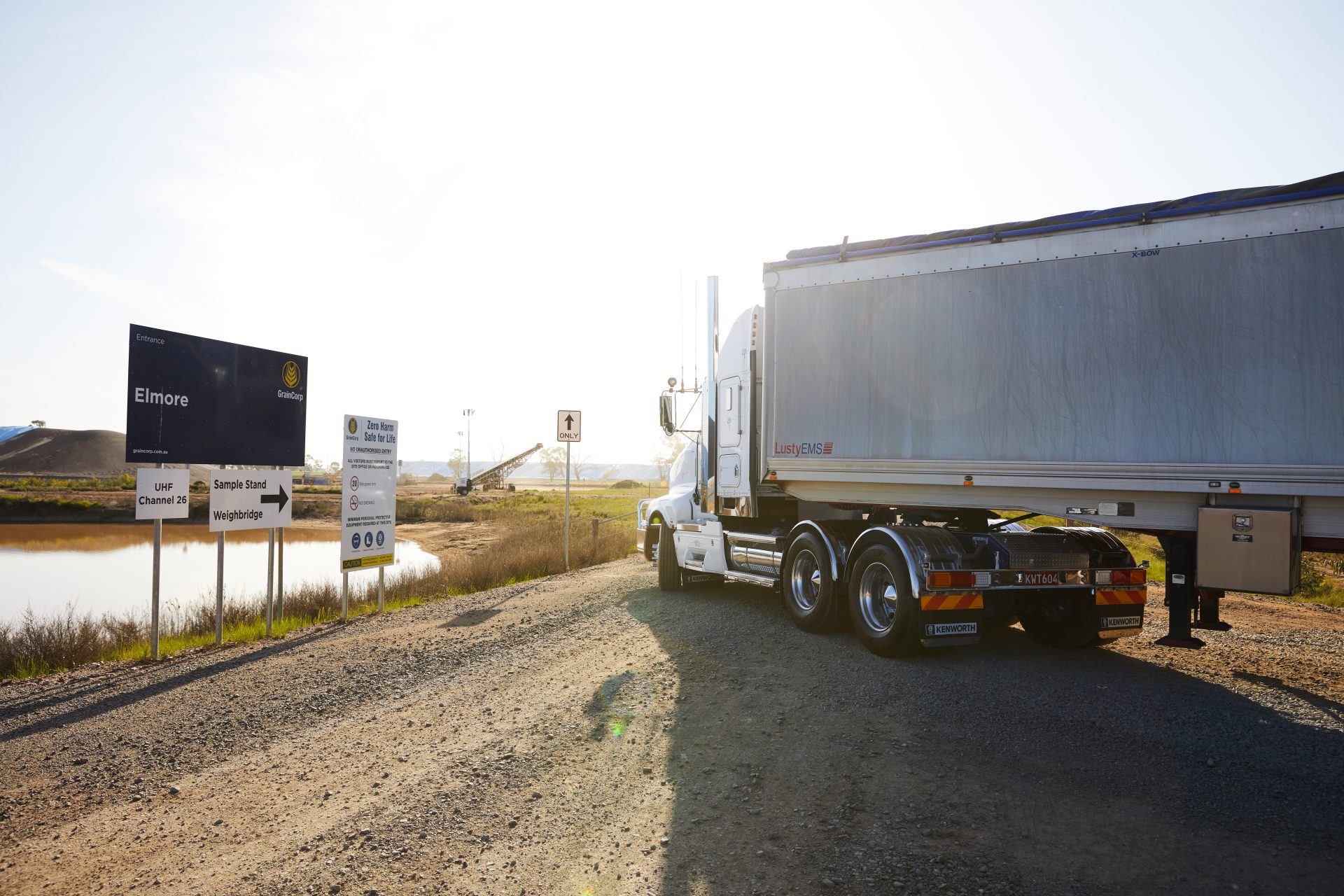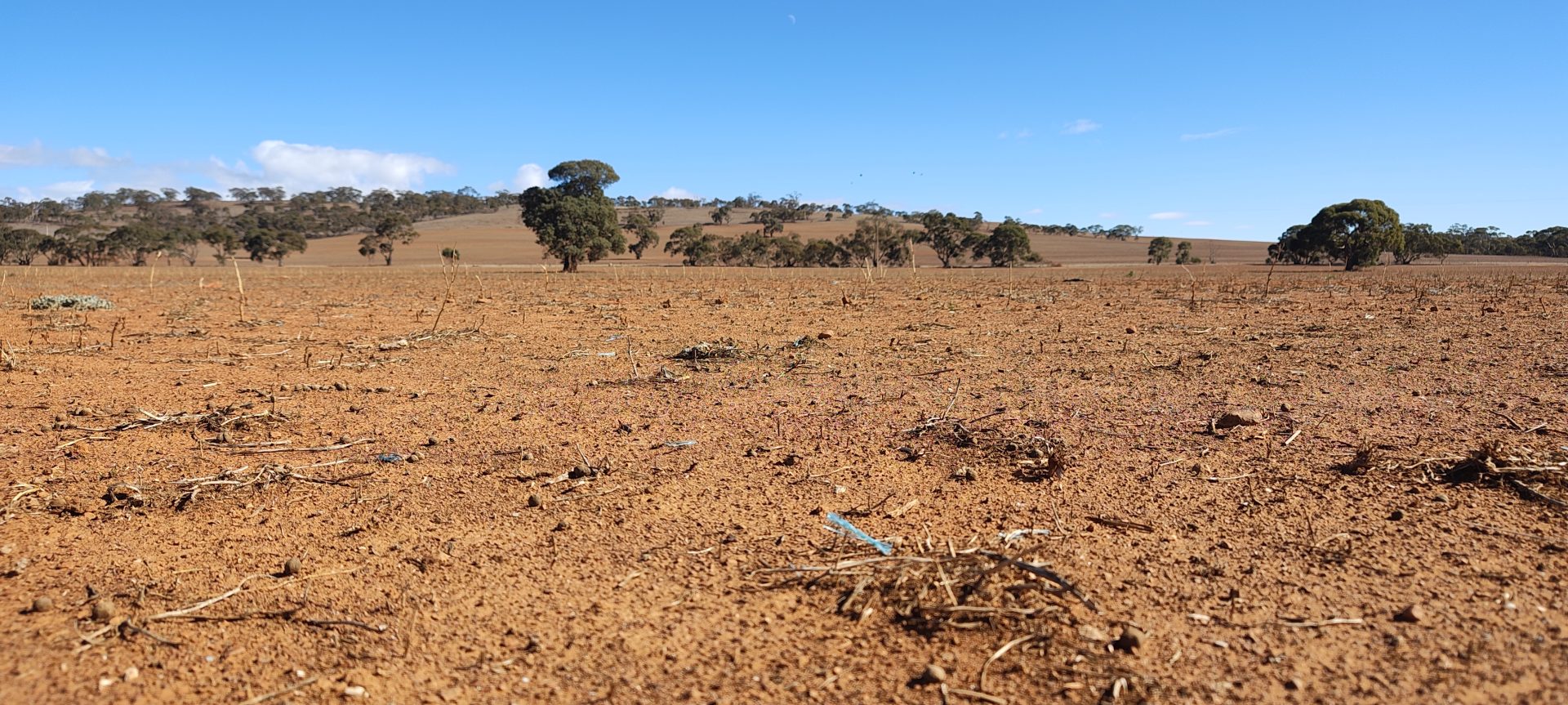- NAB is partnering with Farming for the Future (FftF) to help farmers make informed and strategic decisions about their natural capital investments
- The partnership includes the participation of two NAB agribusiness customers in the research program, with each to receive a report that reviews the natural capital of their farm and how it influences performance of their business.
- FftF is currently engaged with more than 130 livestock farms across the country, the largest study of its kind ever undertaken
Helping farmers assess how investing in natural capital* on-farm can improve business performance is at the heart of a new partnership NAB has formed with research and change program Farming for the Future (FftF).
NAB Executive Regional and Agribusiness Khan Horne said it’s a unique opportunity to be a part of ground-breaking program that will benefit the entire agricultural sector as farmers seek to be able to quantify and report on their environmental resources.

“Empowering farmers to help shape the future of natural capital accounting and reporting was a key reason for NAB’s investment,” Mr Horne said.
“Farmers recognise that natural assets underpin production and profitability and the importance of protecting those resources through improved land management practices.
“This is why we’re partnering with Farming for the Future to conduct research aimed at developing knowledge and tools necessary for farmers to make informed and strategic decisions about their natural capital investments to drive greater productivity and profitability.
“Increasingly, our customers are moving towards sustainable and climate-smart agriculture, and the thirst for knowledge about how to run the farm better is also growing.”
The partnership will see two NAB agribusiness customers participate in the Farming for the Future research program. Each will receive a report that reviews the natural capital of their farm and how it influences performance of their business. With this information, producers will have a deeper understanding of how to manage natural capital as an input to production and better meet their business goals.
Farming for the Future Program Director Dr Sue Ogilvy said the research aims to help producers, financiers and supply chains better understand the benefits of natural capital.
“Currently, information about returns on investment in natural capital is only available in studies of individual farm businesses or small-scale studies that are not representative of the industry more broadly,” Dr Ogilvy said.
“Farming for the Future is currently engaged with more than 130 livestock farms across the country, the largest study of its kind that has ever been undertaken. We intend to move in to the cropping and mixed cropping sector in the next phase.
“Data and insights collected through this research will help establish an online platform that presents information about how different investments in natural capital may help farmers to achieve their business and personal ambitions, including information about upfront expenditure and timing of returns on investment.
“As Australia’s largest agribusiness lender, NAB’s partnership demonstrates the great potential value that Farming for the Future is working to deliver.”
More information:
- Initiated by philanthropic organisation, the Macdoch Foundation, Farming for the Future aims to deliver knowledge and insights about the value of natural capital in agricultural businesses and a framework for quantifying and reporting on natural capital, that will be made public.
- *Natural capital can be defined as the stock of renewable and non-renewable natural resources (e.g., plants, animals, air, water, soils, minerals) that combine to yield a flow of benefits to people. Agricultural natural capital is comprised of all of the different types of natural resources on a farm.
- Farming for the Future is an industry-led and industry-supported program. It is supported by the National Farmers Federation and has received funding support from philanthropists, and industry bodies Meat & Livestock Australia and Australian Wool Innovation.





